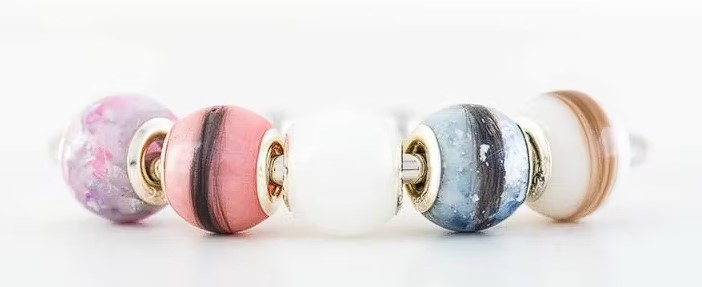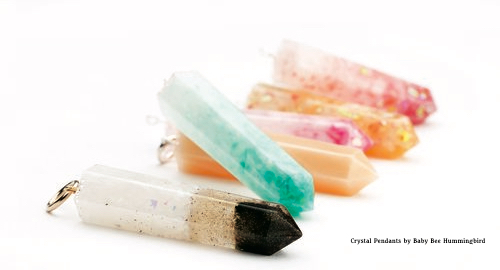“Embryo Ashes DNA Jewelry” by Baby Bee Hummingbirds — The ashes of surplus embryos created from in vitro fertilization in jewelry.
Photo credits: Baby Bee Hummingbird
This product has been around since 2014, but only recently has social media caught on. Instagram exploded with horrified reactions as influencers weighed in—but what exactly is this? Are human embryos embalmed alive in resin and turned into accessories?
Let’s break down the science behind embryo jewelry.
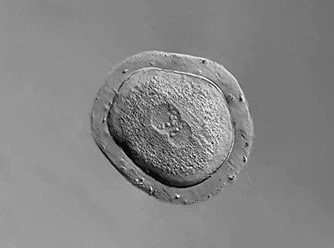
1. Embryo Creation
In vitro fertilization (IVF) is a reproductive technology in which eggs are fertilized by sperm outside the body before being transferred into a woman’s uterus. Because the likelihood of a single embryo surviving from fertilization to birth is typically between 15% and 30%, fertility clinics create multiple embryos per cycle to increase the chances of a successful pregnancy. This practice results in what the industry calls “surplus” embryos—those that are not immediately transferred.
To preserve options for future pregnancies, these embryos are frozen in plastic “straws,” where they remain in a suspended state. They are coated with cryoprotectants and dehydrated to protect them from the cold and then plunged into liquid nitrogen and can remain frozen indefinitely. They are alive, suspended in animation. They can be thawed, transferred, and implanted at any time, be born and grow into adults.
When couples decide they no longer wish to pursue additional pregnancies, they are faced with a choice: place them for adoption, donate them to scientific research, or destroy them—such as through companies offering to dehydrate, cremate, and encase them in jewelry.
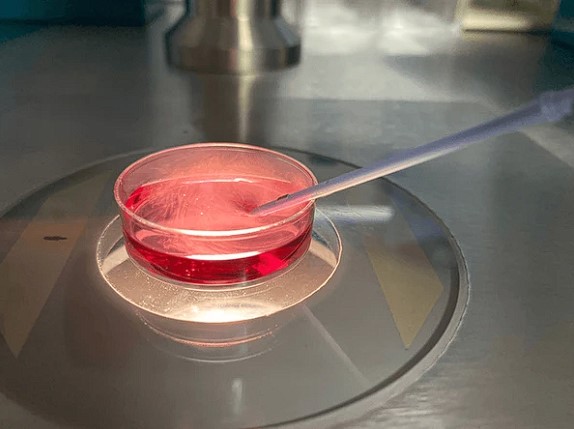
2. Embryo Thaw (10-60 Minutes)
- The embryos, which were cryopreserved in liquid nitrogen (typically at -196°C / -320°F), are retrieved from the fertility clinic or long term cryostorage facility.
- The embryo is gradually warmed up to body temperature (37°C / 98.6°F) to prevent thermal shock.
- A series of chemical solutions help rehydrate the embryo and remove the cryoprotectants.
- If done correctly, the embryo emerges from its frozen state alive—its cells metabolically active.
Possible Embryo Death:
- If transferred into a uterus, a properly thawed embryo can survive and implant.
- If left outside in the air without proper conditions, its cells will die within a few hours.
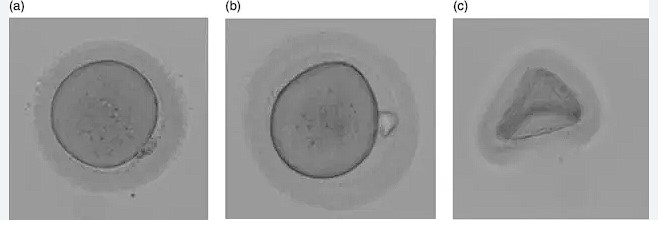
3. Dehydration of the Embryo (Minutes to Hours)
- Instead of being implanted, the thawed embryo is subjected to dehydration, either by:
- Air-drying
- Chemical drying agents
- Dehydration kills the embryo. It causes cell membranes to collapse, metabolic functions to stop, and proteins to denature.
- Death occurs when the water content in the cells is removed.
Embryo Death:
- Cellular death typically happens within minutes to a few hours as dehydration progresses.
- By the time the embryo is fully dry, it is completely dead.
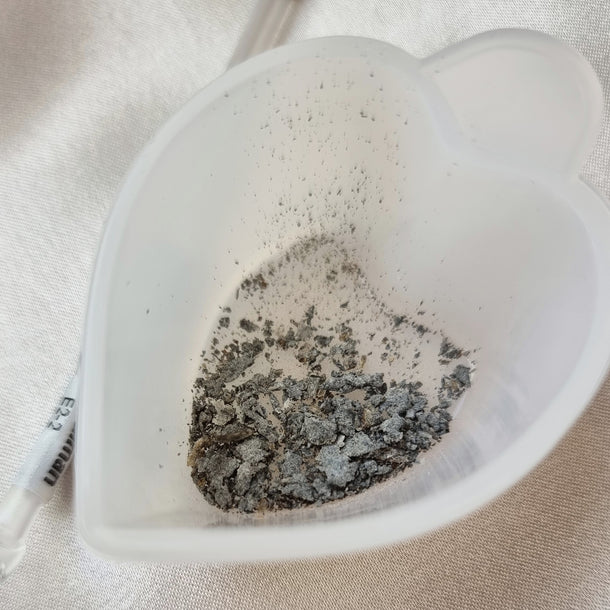
4. Cremation of the Embryo Remains (Instant at High Heat)
- The dried, dead embryo is subjected to high heat (typically over 1,000°F / 538°C) to turn it into ash.
- This process completely destroys all organic material, leaving only mineral-based ash.
- Any remaining DNA has been destroyed by this point, contrary to the product’s name (“Embryo Ashes DNA Jewelry”).
5. Collection of Embryo Ashes
- The ashes—now chemically similar to adult cremains—are collected. The only difference? No bone fragments, and far less ash—naturally, as an embryo is microscopic.
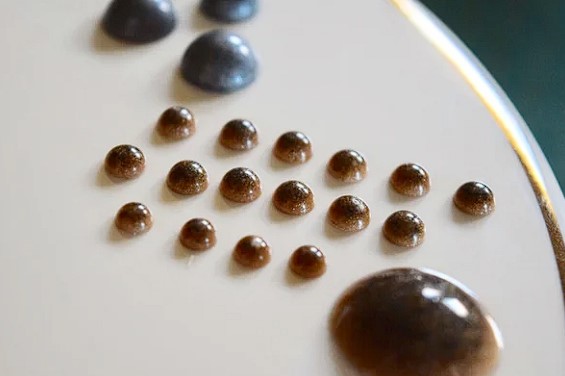
6. Mixing the Ashes into Jewelry Material
- The ashes are mixed into resin, glass, or other materials to be set into:
- Necklaces
- Rings
- Bracelets
- Pendants
7. Final Jewelry Creation and Polishing
- The resin or glass is shaped, polished, and set into the final jewelry piece.
- The customer receives the finished jewelry, which contains the ashes of their cremated embryo.
Embryos are not embalmed in jewelry alive. They are first either killed by being exposed to air without proper conditions or by dehydration. Then they are cremated, and it is the ash from the embryos that are mixed into the jewelry’s materials.
And because ash is chemically different from organic material, no; human embryos aren’t really embalmed in jewelry.
Semantics.
Thoughts?

